Insight Into Indiana’s Incarceration Issues
Indiana faces a tough challenge with its incarceration rates. The state has one of the world’s highest percentages of its population behind bars. Imagine that! Many folks cycle through local jails yearly, further swelling these numbers. Racial disparities stand out, with Black and Latinx communities notably overrepresented. Small Indiana counties are struggling, financially stretched thin by jail expenses. Overcrowding is a real headache. Did you know that 65% of those in jail haven’t even been convicted? Fortunately, programs like the Incarcerated Individuals Legal Assistance Project offer a lifeline, providing essential support. But as thousands are released annually, reintegration hurdles remain. This article dives deep into Indiana’s criminal justice issues and possible solutions.
Rising Incarceration Rates Over 40 Years
Indiana’s incarceration figures have surged dramatically over the last 40 years. This meteoric rise places Indiana among the top states with its population behind bars. The state now sees a cycling of about 122,000 people through its local jails each year. When the criminal justice institute analyzed these trends, they highlighted the role of policies and enforcement in this increase.
In smaller Indiana counties, the financial strain is palpable, as resources are stretched thin. This has left many residents scratching their heads over budget allocations. Meanwhile, the individuals legal assistance programs, like the Incarcerated Individuals Legal Assistance Project, strive to offer support. By focusing on legal issues, they offer a ray of hope for many inmates.
For more details on the impact of criminal code reform, visit the Evaluation of Indiana’s Criminal Code Reform.
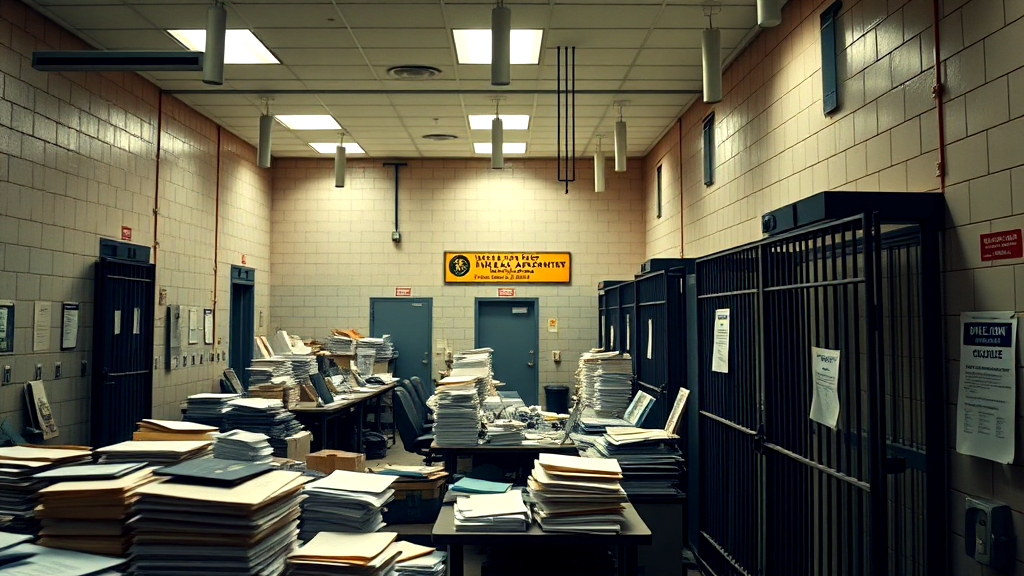
Disparities in Indiana’s Prison Demographics
Examining the inequalities within Indiana’s incarceration demographics reveals significant racial disparities. Black and Latinx individuals face disproportionately high rates of imprisonment compared to white counterparts. This discrepancy is partly due to the misrepresentation of Latinx populations. The Indiana criminal justice system has been criticized for its role in perpetuating these disparities.
Furthermore, small Indiana county budgets suffer under the weight of increased incarceration costs. Local governments allocate a large chunk of their funds to local jails, where many detainees await trial. The financial burden is exacerbated by policies that send more people through these facilities.
Efforts by programs like the incarcerated individuals legal project highlight challenges in providing fair representation. Addressing these issues is crucial for a more equitable system. As incarceration rates continue to rise, it’s clear changes are necessary.
Role of Local Jails in Indiana
Local jails play a pivotal role in Indiana’s incarceration journey. They house a significant number of detainees, most of whom haven’t been convicted. This situation adds to overcrowding issues and financial strains on counties. With reforms shifting low-level felons from state prisons to county jails, small Indiana counties find themselves financially stretched, spending large parts of their budgets on jail operations. You can imagine the strain this places on local resources.
The Indiana Criminal Justice Institute is at the forefront, seeking better solutions. There’s a growing need to address these challenges through comprehensive reforms that consider the broader impact on communities. It’s a pressing issue, as the state continually sends more people into these local facilities. If we don’t address these systemic problems, achieving long-term change will be like trying to catch a cloud—elusive and ever-moving.
Impact of Legal Assistance on Incarcerated Individuals
Examining the role of legal support highlights its profound impact on those behind bars. In Indiana, where incarceration rates continue to soar, legal assistance provides a lifeline for many. Small Indiana counties, already strained by budget constraints, face heightened pressure as the state sends more people into the criminal justice system. Legal aid becomes essential, offering much-needed guidance and support to navigate this complex system.
These programs aren’t just about legal advice. They empower inmates, offering hope and a path toward fair treatment. The Indiana Criminal Justice Institute recognizes this need for change. By supporting these initiatives, they help ensure justice is served fairly. Such advocacy can lead to a more balanced system, offering an option to rectify past errors. This approach fosters a brighter future for many caught in the web of Indiana’s justice system.
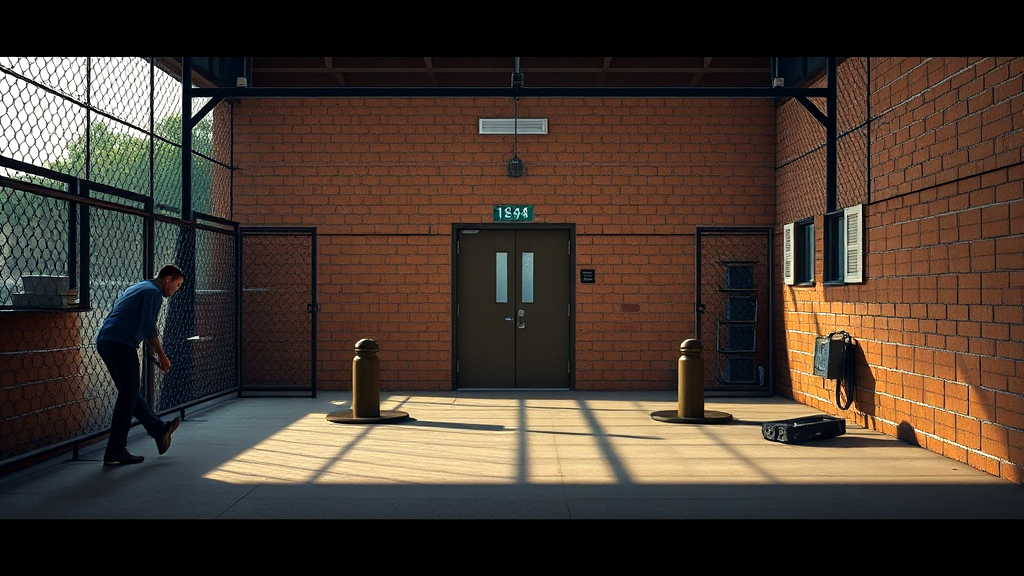
Barriers to Successful Reentry for Former Inmates
Addressing the obstacles that former inmates face upon reentry reveals a tangled web of challenges. Financial burdens from jail fees can leave pockets feeling emptier than a candy jar after Halloween. Meanwhile, the lack of access to critical services is like trying to drive a car without tires. Former inmates in Indiana often find themselves stuck in a cycle of societal stigma, as if wearing an invisible scarlet letter. Small Indiana counties feel the pinch, struggling to support these individuals due to tight budgets. Indiana incarceration trends make it harder, as the system sends more people through its doors. Breaking free from these chains requires community support and understanding. The criminal justice institute aims to navigate these choppy waters. To lower recidivism rates, addressing these barriers is non-negotiable. Let’s lend a hand to those trying to start anew!

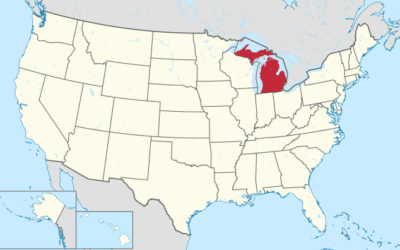
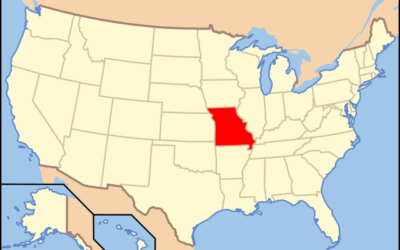
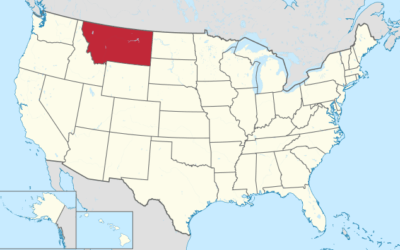
0 Comments